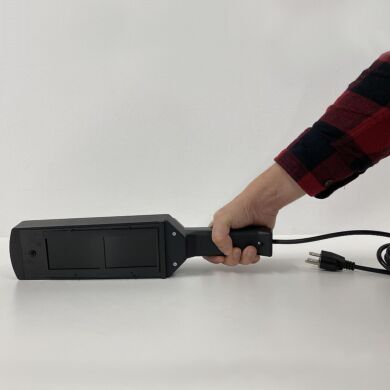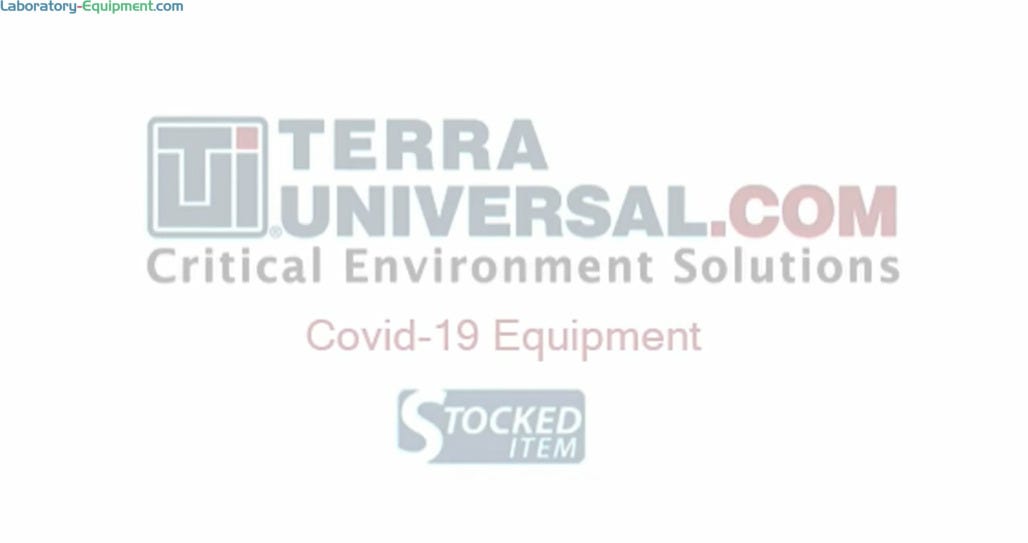- Ergonomic and lightweight handheld 6W UV lamps in longwave, mid-range and shortwave models
- 254/365 nm models include snap-on wavelength selector (split tube lamp included with UVGL-55)
- Hands free operation when used with J-129 Lamp Stand
- Compatible with C-10 Cabinet for fluorescing
- Application: surface sanitation, sterilization in lab and inspection procedures
- (714) 578-6016
Hours Mon - Fri, 07:00 AM - 06:00 PM (Pacific Time)










